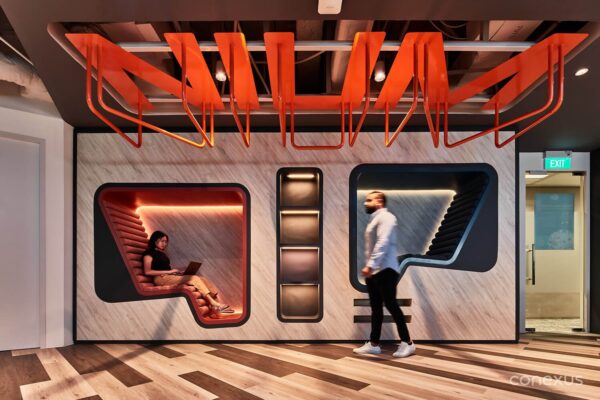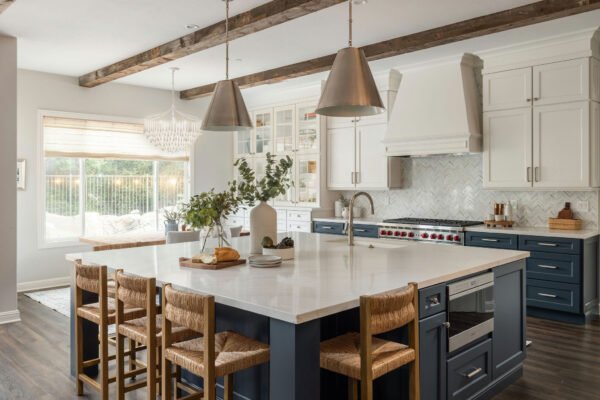
Designing for Agile Teams: Creating Workspaces That Propel Collaboration and Innovation

In today’s fast-paced corporate landscape, the traditional approach to work is rapidly evolving, with agile methodologies taking centre stage.
As companies embrace dynamic team structures and flexible work styles, the importance of workspace design cannot be overstated.
Today we delve into the world of agile teams and explore how thoughtful workspace design can empower collaboration, innovation, and overall productivity.
What is agile work?
Agile methodologies are characterized by their iterative and incremental approach to project management, emphasizing collaboration, adaptability, and continuous improvement. Agile teams thrive on open communication and seamless exchange of ideas, making adaptable spaces with flexible furniture arrangements, writable surfaces, and interactive technology crucial for rapid collaboration and decision-making.
Here are the 6 key aspects to keep in mind when creating a workspace for this kind of end user, and the design elements to support them.
Rapid collaboration and decision-making
To facilitate the seamless exchange of ideas and ensure rapid collaboration, agile teams benefit from adaptable spaces. These spaces boast flexible furniture arrangements, enabling teams to configure their work areas based on project needs. Moreover, writable surfaces and interactive technology foster brainstorming sessions, making decision-making a fluid and efficient process.
Transparency and progress tracking
Transparency is vital for the success of agile teams. Workspace design can incorporate agile project management tools, such as digital boards and task trackers. These tools provide real-time visibility into project progress, ensuring team members stay informed, accountable, and aligned with project objectives.
Building community and team bonding
Effective teamwork relies on a sense of community. To promote team bonding, creating inviting common areas is essential. Informal discussion zones, cozy lounges, or communal kitchens become spaces where team members can socialize, exchange ideas, and build relationships that enhance collaboration.
Balancing collaboration and focus
While collaboration is essential, agile teams also require focused work environments to maintain productivity. Well-designed offices offer dedicated spaces for quiet work, providing team members with an escape from distractions and allowing them to concentrate on critical tasks.
Prioritizing employee well-being
Agile team members often face intense workloads and tight deadlines. To support their physical and mental well-being, workspace design should prioritize ergonomics. Comfortable, well-designed furniture reduces strain and supports good posture, while ample natural light and breakout areas provide opportunities for relaxation and recharging.
Adaptable workspace layout
The success of agile teams lies in their ability to adapt swiftly to changing circumstances. A workspace designed for agility allows for flexible office layouts that can accommodate evolving team dynamics and project demands. With movable furniture, versatile configurations, and multi-purpose spaces, the office becomes a dynamic environment tailored to the team’s specific needs.
By investing in well-thought workspace design that caters to the unique requirements of agile teams, companies foster a culture of adaptability, productivity, and exceptional teamwork. This transformation empowers teams to reach their fullest potential in the fast-paced and dynamic corporate landscape.















































